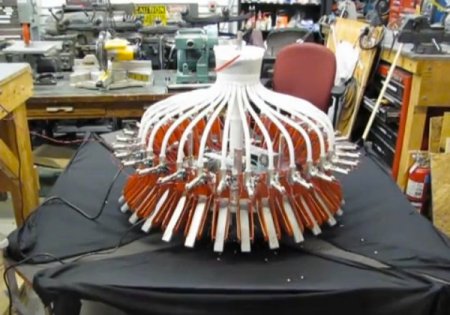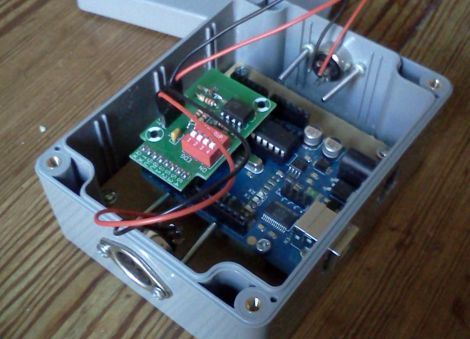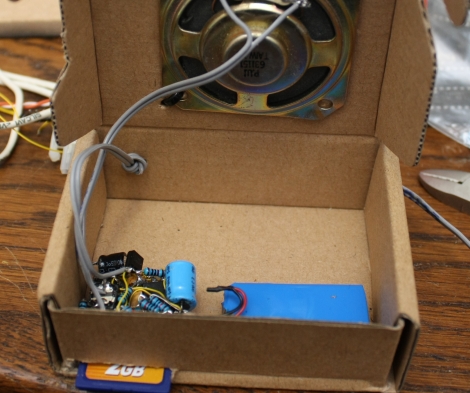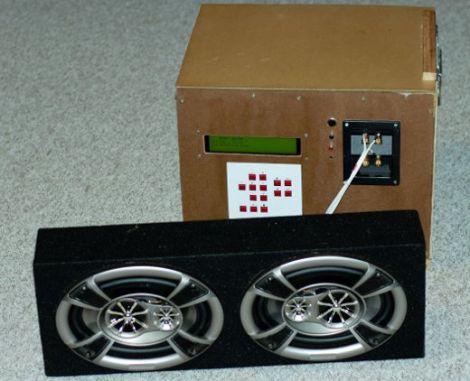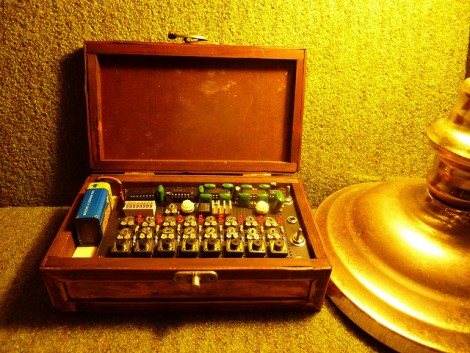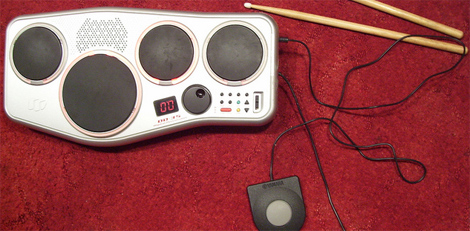
[Paul] Wrote in to tell us about a quick project that might be useful to others out there. He was having some problems with the DC jack on his Yamaha DD35 portable drum kit. Naturally, he did what most of us would do and just broke out the soldering iron and prepared to solder it back in place(hot glue it afterwards, that always helps too). That part isn’t a big deal, we’ve all seen it a million times. However, while inspecting the DC jack, he noticed something silk screened on the board right next to it. As it turns out, that was a kick pedal jack. After a few minutes hunting for a victim around the house that would be sacrificed for its plug, he got his hands on one. A few moments later he was jamming away with a kick pedal.
We absolutely love these super quick upgrades. [Paul] thought maybe this feature was left out at the last minute, and we’ve seen this type of thing for a number of reasons. Maybe that was a feature kept aside for a more expensive model, maybe there was some other reason it was left off. Frankly, we don’t care, we just think it is awesome that it works!
Stay with us to see a quick video demonstration.

